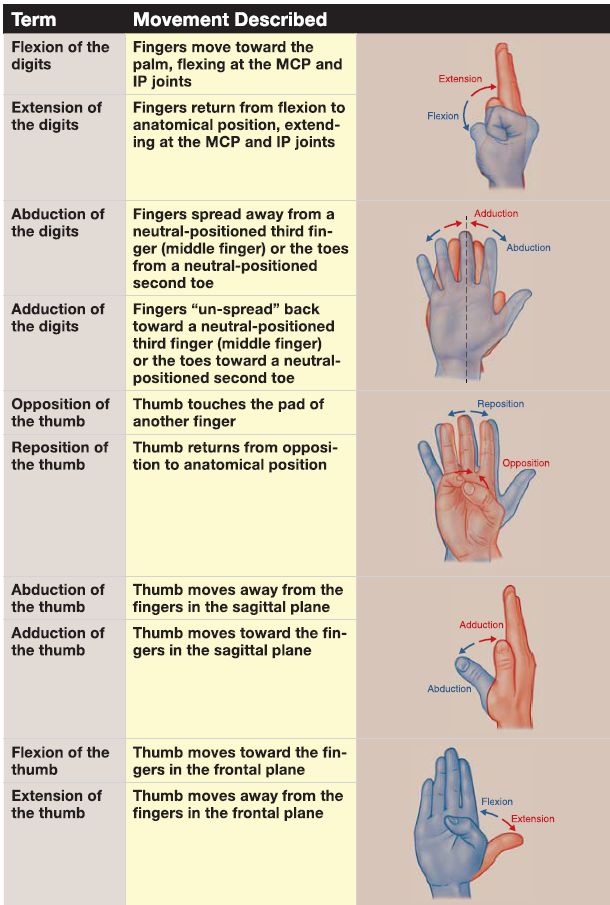


 النبات
النبات
 الحيوان
الحيوان
 الأحياء المجهرية
الأحياء المجهرية
 علم الأمراض
علم الأمراض
 التقانة الإحيائية
التقانة الإحيائية
 التقنية الحيوية المكروبية
التقنية الحيوية المكروبية
 التقنية الحياتية النانوية
التقنية الحياتية النانوية
 علم الأجنة
علم الأجنة
 الأحياء الجزيئي
الأحياء الجزيئي
 علم وظائف الأعضاء
علم وظائف الأعضاء
 الغدد
الغدد
 المضادات الحيوية
المضادات الحيوية|
Read More
Date: 2025-03-15
Date: 2025-02-13
Date: 1-8-2021
|
Anatomy Foundations
A. Anatomical position
Anatomical position refers to the body position in which an individual is standing upright with the head and toes facing forward, the upper limbs adjacent to the sides of the body with the palms facing forward, and the lower limbs close getlier with feet parallel.
B. Anatomical planes
Four imaginary planes are used in anatomical descriptions: median, sagittal, frontal (coronal), and transverse (axial) planes . The median plane is a vertical plane that passes longitudinally through the midline of the body and divides the body into the right and left halves. The sagittal planes are vertical planes that pass longitudinally through the body parallel to the median plane. The frontal (coronal) planes are vertical planes that pass through the body at right angles to the median plane and divide the body into the front (anterior or ventral) and back (posterior or dorsal) parts. The transverse planes are horizontal planes that pass through the body at right angles to the median plane and divide the body into upper (superior) and lower (inferior) parts.
Table 1.: Terms of Relationship

C. Anatomical terms of relationship
The terms superior and cranial refer to a structure nearer the cranium. The terms inferior and caudal refer to a structure nearer the foot. The terms posterior and dorsal refer to the back surface of the body. The terms anterior and ventral refer to the front surface of the body. [Note: In this text, "cranial," "caudal," "dorsal," and "ventral" are used only in the context of embryology.] Other important terms are presented in Table 1.. D. Anatomical terms of movement As shown in Figure 1, flexion describes a movement that decreases the angle between the bones, whereas extension describes a movement that increases the angle between the bones. Except when referring to the digits, abduction describes a movement away from the median plane (as in the upper limb moving away from the body), whereas adduction describes a movement toward the median plane (as in the upper limb moving toward the body). Pronation describes a rotation in the forearm from the anatomical position so that the palm of the hand faces posteriorly, and supination describes a rotation in the forearm whereby the pronated hand returns to the anatomical position so that the palm of the hand faces anteriorly. Dorsiflexion describes flexion at the ankle joint as in lifting the toes off the ground, and plantarflexion describes flexion at the ankle joint as in lifting the heel off the ground. Eversion describes a movement of the foot whereby the sole moves away from the median plane, whereas inversion describes a movement of the foot whereby the sole of the foot moves toward
the median plane. Finally, movements that are unique to the hands and feet, particularly the digits of the hands, are shown in Table 1.2.

Figure 1: Anatomical movements.
Table 2: Terms of Movement of the Hands and Feet




|
|
|
|
التوتر والسرطان.. علماء يحذرون من "صلة خطيرة"
|
|
|
|
|
|
|
مرآة السيارة: مدى دقة عكسها للصورة الصحيحة
|
|
|
|
|
|
|
نحو شراكة وطنية متكاملة.. الأمين العام للعتبة الحسينية يبحث مع وكيل وزارة الخارجية آفاق التعاون المؤسسي
|
|
|